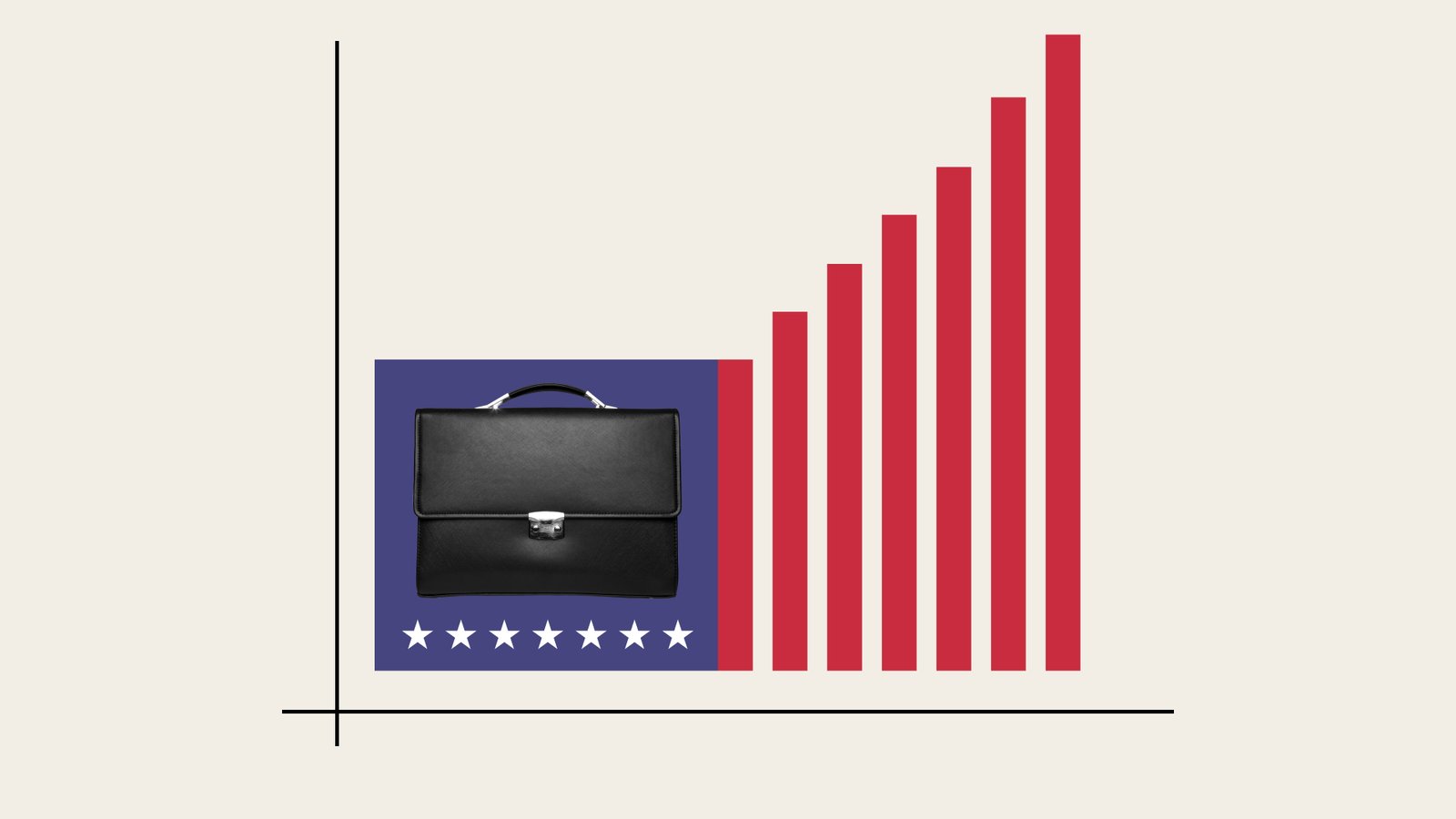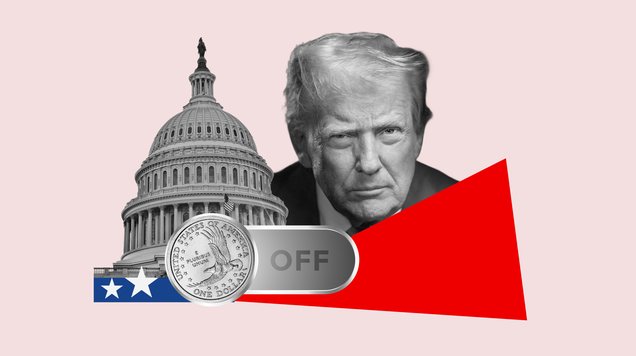A government shutdown could deepen America’s economic data problem
With federal funding set to lapse after Sept. 30, the U.S. faces more than closed parks and furloughed workers: it risks a data vacuum just as investors and policymakers need clarity most. During a shutdown, many staff at the Bureau of Labor Statistics (BLS)—the agency behind the jobs and inflation reports—are classified as non-essential, threatening delays to the Oct. 3 employment release and the Oct. 15 CPI report.

Funding deadline: 11:59 p.m. ET, Sept. 30; failure triggers agency furloughs.
BLS at risk: many roles deemed non-essential, threatening the jobs and inflation calendars.
Precedent: 2013 (16 days) delayed jobs/CPI ~2 weeks; 2018–19 (35 days) delayed Commerce reports (GDP, income/spending) ~1 month.
Knock-ons: less guidance for the Fed, higher market volatility, noisier models, and bigger revisions later.
Political impasse: short-term patch vs. policy add-ons leaves timing of any resolution uncertain.
What happens to the data in a shutdown?
When appropriations lapse, agencies activate contingency plans. At the BLS, many staff who collect, clean, and publish core indicators are furloughed. That typically means:
- Release delays: headline reports slide on the calendar (or publish as “TBD”).
- Collection gaps: fewer survey responses (households, establishments, prices) raise non-response and sampling error risks.
- Processing bottlenecks: editing, seasonal-adjustment updates, and benchmarking get pushed back, raising the odds of larger revisions later.
- Past is prologue: in Oct. 2013, the shutdown delayed the monthly jobs and inflation reports by roughly two weeks, with some spillover effects into November. In 2018–19, the longest shutdown primarily hit Commerce (GDP, PCE, income/spending) by about a month, while BLS kept to schedule because it was pre-funded—an outcome not guaranteed this time.
Why timing matters now
- Policy sensitivity: The Federal Reserve relies on high-frequency reads (jobs, CPI/PCE, claims, retail sales) to calibrate rate cuts. A blackout pushes the Fed to fly by instruments—private proxies, anecdotes, and partial indicators.
- Market pricing: Treasuries, the dollar, equities, and crypto trade off surprises in data. No data = higher uncertainty premia, wider ranges, and sharper moves on second-tier indicators.
- Corporate decisions: Hiring plans, inventory, capex, and pricing often benchmark to official series. Delays compress planning windows and can overweight private or internal data that aren’t fully comparable.
The near-term calendar at risk
- Oct. 3: Employment Situation (payrolls, unemployment rate, earnings).
- Oct. 15: CPI (headline and core inflation).
- Rolling: GDP, Personal Income/Spending, PCE inflation (Commerce); durables, trade, housing; and multiple business surveys.
Even short delays create stacking effects—reports bunch together after reopening, muting the signal and amplifying revision risk.
Data quality: What breaks, what bends
Shutdowns don’t automatically degrade accuracy, but they do impair timeliness and composition:
Household & establishment surveys: fewer completed interviews increase imputation and variance.
Price collection: some categories (e.g., services) are harder to backfill if missed contemporaneously.
Seasonals & benchmarks: postponed updates can make month-to-month changes look choppier until catch-up work is done.
Bottom line: the first post-shutdown wave can be noisier, and subsequent revisions may be larger than usual.
Policy, markets, and playbook
- For the Fed: Absent fresh data, the bar to pre-committing to a specific rate path rises. Expect emphasis on risk management and data dependence, with more weight on private indicators (payroll processors, card data, price trackers).
- For markets: Anticipate headline-driven volatility, outsized reactions to proxies (claims, PMIs, alternative inflation gauges), and a premium on nowcasting.
- For firms: Lean on mixed-frequency models, triangulate with private datasets, and prepare for revision whiplash when official series restart.
The politics behind the uncertainty
The standoff hinges on how to keep the government open: a clean, short-term continuing resolution versus extensions that bundle policy priorities (e.g., health-care subsidies). Without agreement, furlough directives expand—potentially encompassing a broader swath of the statistical system.









